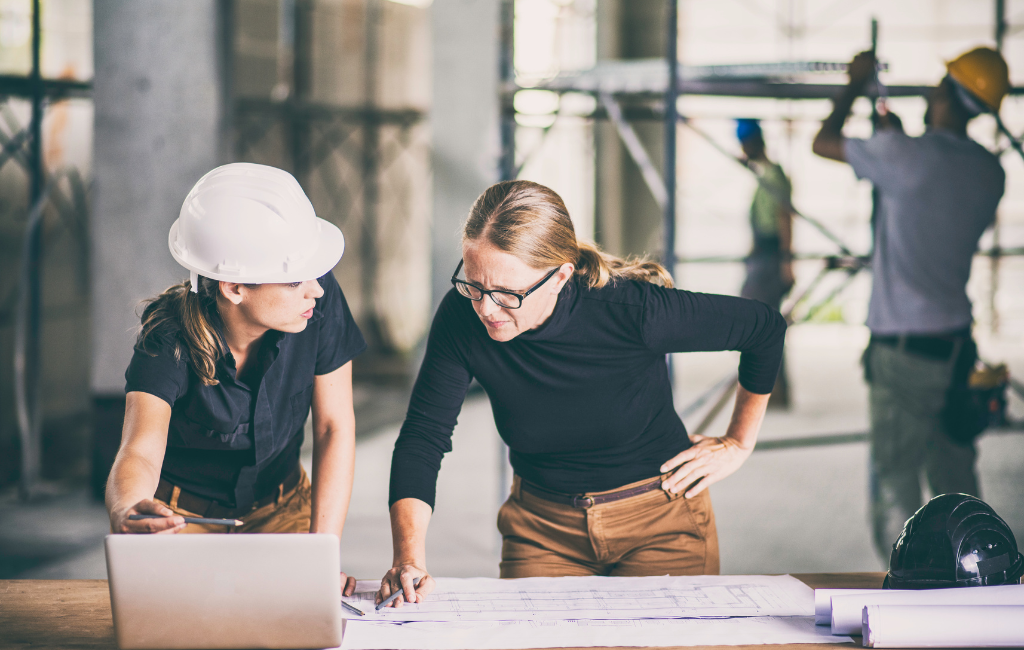Architect: Crafting Innovative Designs
Architecture stands as a testament to human ingenuity and creativity. The role of an architect goes beyond mere construction; it involves crafting spaces that inspire, function, and endure. This article explores the multifaceted world of architecture, highlighting the innovative designs that shape our built environment.
The Role of an Architect
An architect is responsible for designing buildings and other structures, ensuring they are both functional and aesthetically pleasing. This involves a deep understanding of materials, engineering principles, and environmental considerations. Architects must balance creativity with practicality, often working within constraints such as budget, regulations, and client needs.
Key Responsibilities
- Conceptualizing and developing design ideas
- Creating detailed plans and blueprints
- Collaborating with engineers, contractors, and clients
- Ensuring compliance with building codes and regulations
- Overseeing construction to ensure design integrity
Innovative Design Approaches
Innovation in architecture can take many forms, from the use of cutting-edge materials to the integration of sustainable practices. Architects are constantly pushing the boundaries to create structures that are not only visually stunning but also environmentally responsible and socially impactful.
Sustainable Architecture
Sustainability has become a cornerstone of modern architecture. Architects are increasingly incorporating eco-friendly materials and energy-efficient systems into their designs. Examples include green roofs, solar panels, and rainwater harvesting systems. These features not only reduce the environmental footprint of buildings but also offer long-term cost savings.
Adaptive Reuse
Adaptive reuse involves repurposing existing structures for new uses. This approach preserves historical and cultural heritage while reducing the need for new construction. A notable example is the transformation of old factories into trendy loft apartments or office spaces. This not only revitalizes urban areas but also promotes sustainability by minimizing waste.
Parametric Design
Parametric design leverages advanced software to create complex, organic forms that would be difficult to achieve through traditional methods. This approach allows architects to explore new geometries and optimize structures for performance and aesthetics. The Heydar Aliyev Center in Baku, designed by Zaha Hadid, is a prime example of parametric design in action.
Case Studies of Innovative Architecture
Examining real-world examples can provide valuable insights into the impact of innovative architectural designs. Here are a few notable case studies:
The Edge, Amsterdam
The Edge is often cited as one of the most sustainable office buildings in the world. Located in Amsterdam, this building features a range of smart technologies that optimize energy use and enhance occupant comfort. Key features include:
- Solar panels covering the entire roof
- Rainwater harvesting systems
- Smart lighting and climate control systems
- Flexible workspaces to promote collaboration
The Edge serves as a model for future office buildings, demonstrating how technology and design can work together to create sustainable, efficient work environments.
High Line, New York City
The High Line is an elevated park built on a disused railway track in Manhattan. This project transformed an industrial relic into a vibrant public space, offering green areas, walking paths, and art installations. Key aspects of the High Line include:
- Preservation of historical elements
- Integration of native plant species
- Community engagement and programming
- Economic revitalization of surrounding areas
The High Line has become a beloved urban oasis, illustrating the potential of adaptive reuse and community-focused design.
The Future of Architecture
The future of architecture promises to be exciting, with advancements in technology and a growing emphasis on sustainability. Architects will continue to explore new materials, construction techniques, and design philosophies to address the challenges of the 21st century.
3D Printing
3D printing is revolutionizing the construction industry by enabling the rapid production of complex structures. This technology allows for greater precision and customization, reducing waste and labor costs. Examples include 3D-printed homes and bridges, which are already being tested in various parts of the world.
Biophilic Design
Biophilic design seeks to connect people with nature through architectural elements. This approach incorporates natural light, ventilation, and greenery into buildings, promoting well-being and productivity. The Amazon Spheres in Seattle, with their lush indoor gardens, exemplify biophilic design principles.
Smart Cities
Smart cities leverage technology to improve urban living. Architects play a key role in designing buildings and infrastructure that integrate with smart systems, such as IoT devices and data analytics. These innovations can enhance energy efficiency, transportation, and public services, creating more livable and resilient cities.
Conclusion
Architecture is a dynamic field that continually evolves to meet the needs of society. Through innovative designs, architects can create spaces that are not only functional and beautiful but also sustainable and socially impactful. By embracing new technologies and design philosophies, architects will continue to shape the built environment in ways that inspire and uplift us all.
